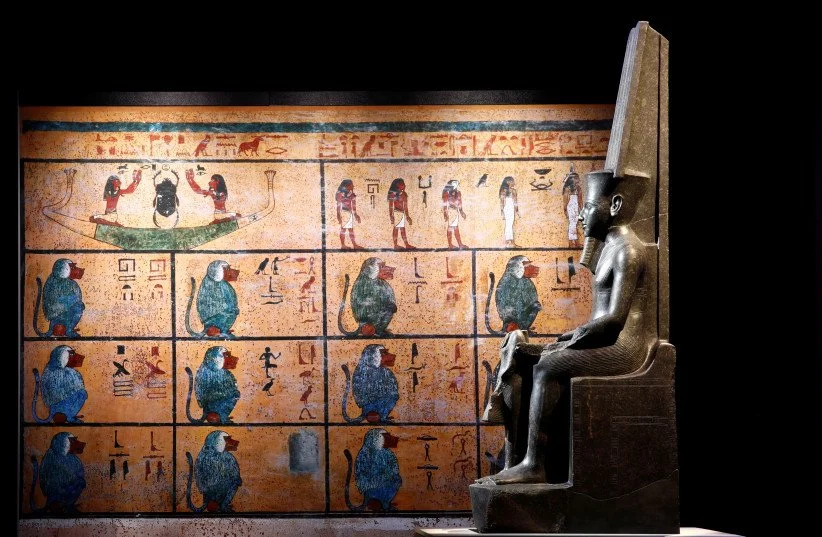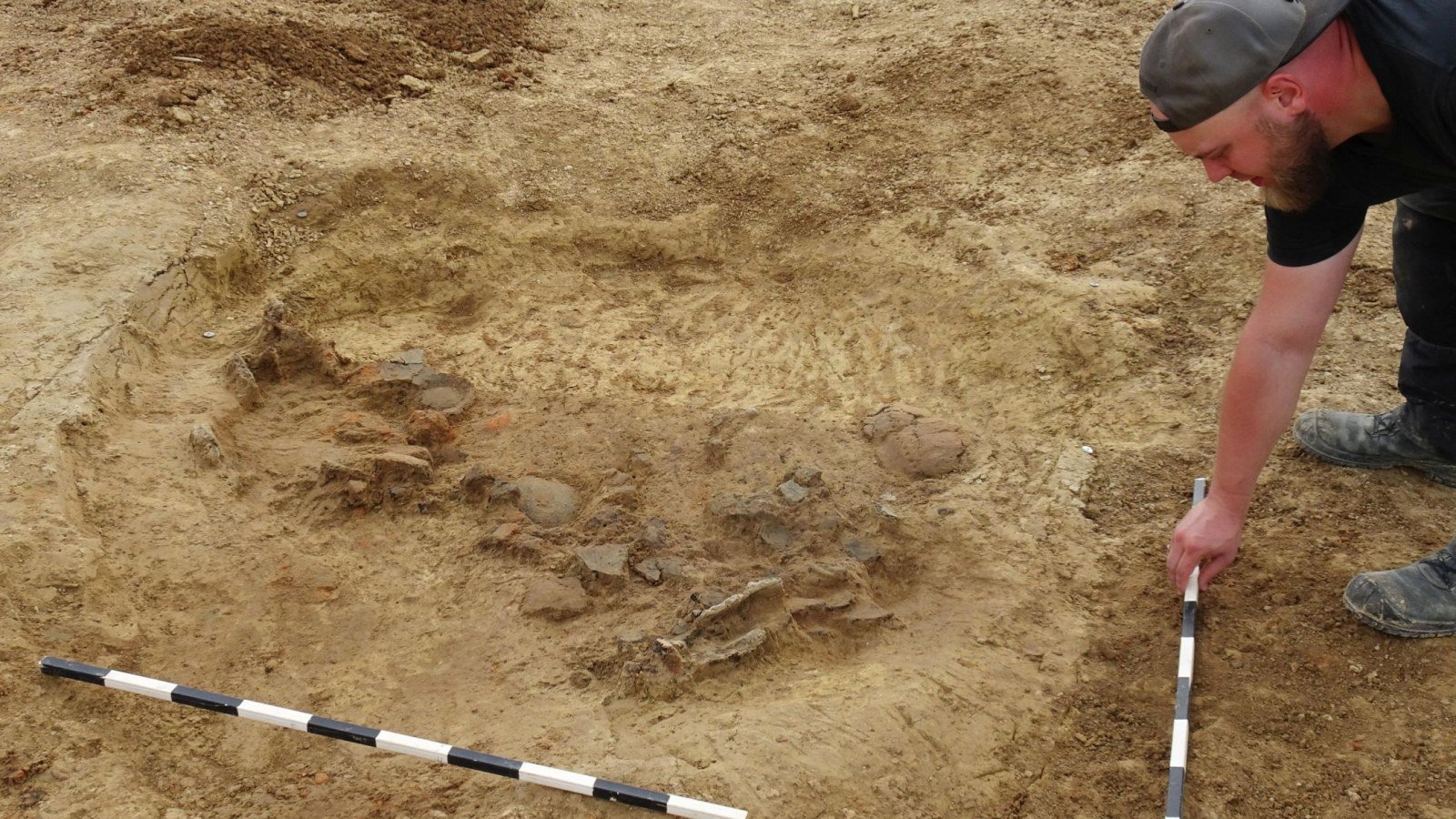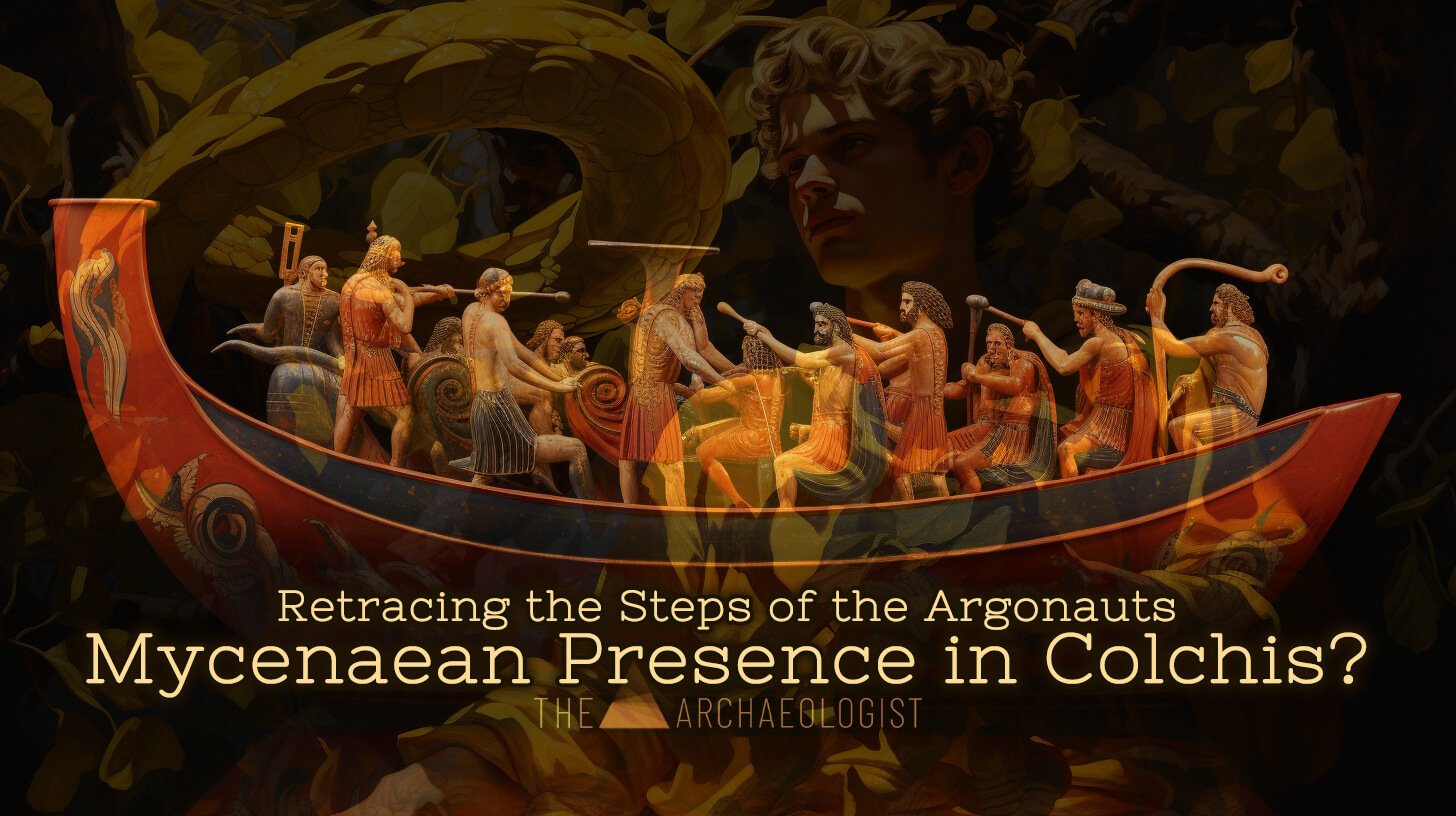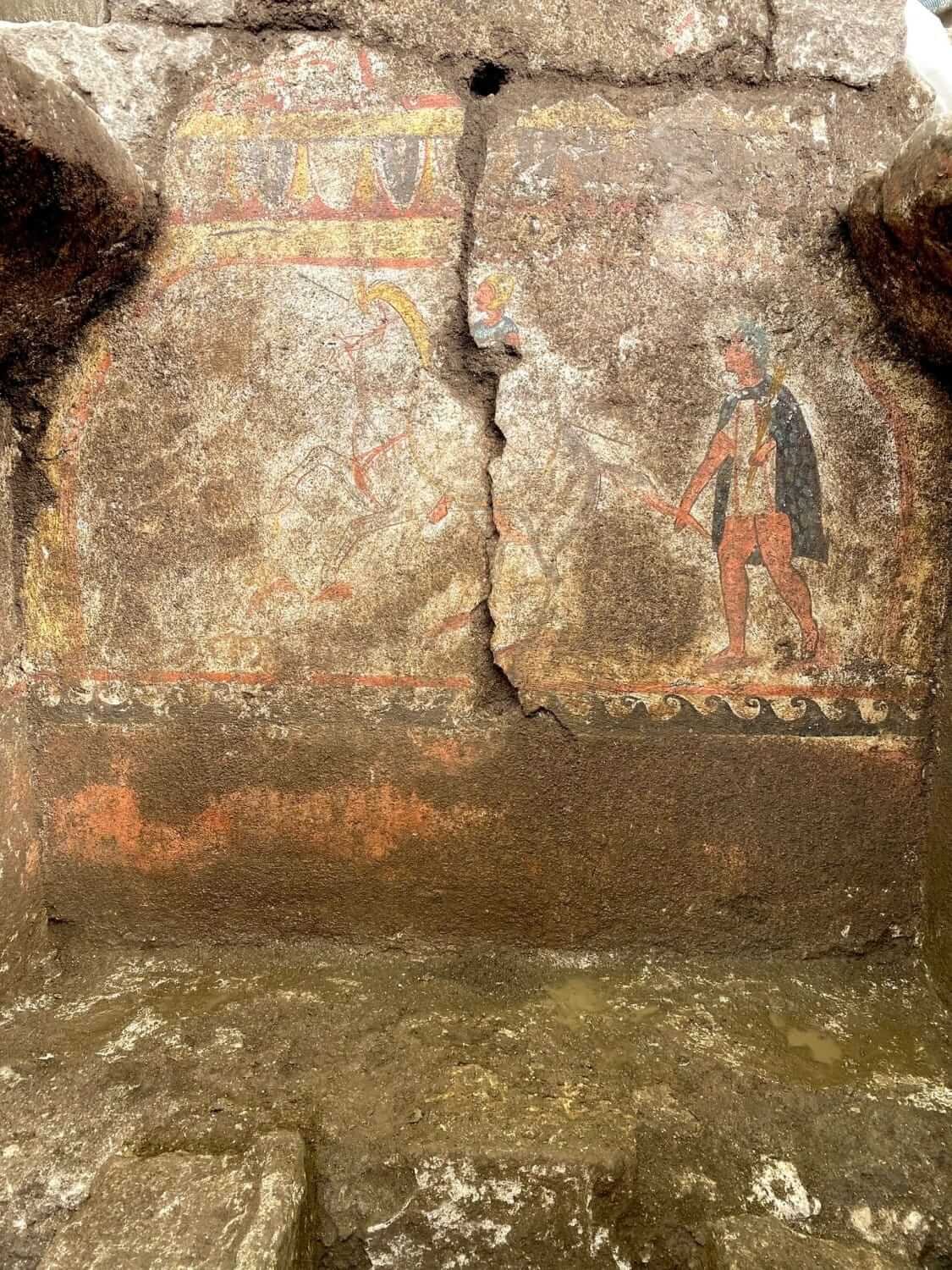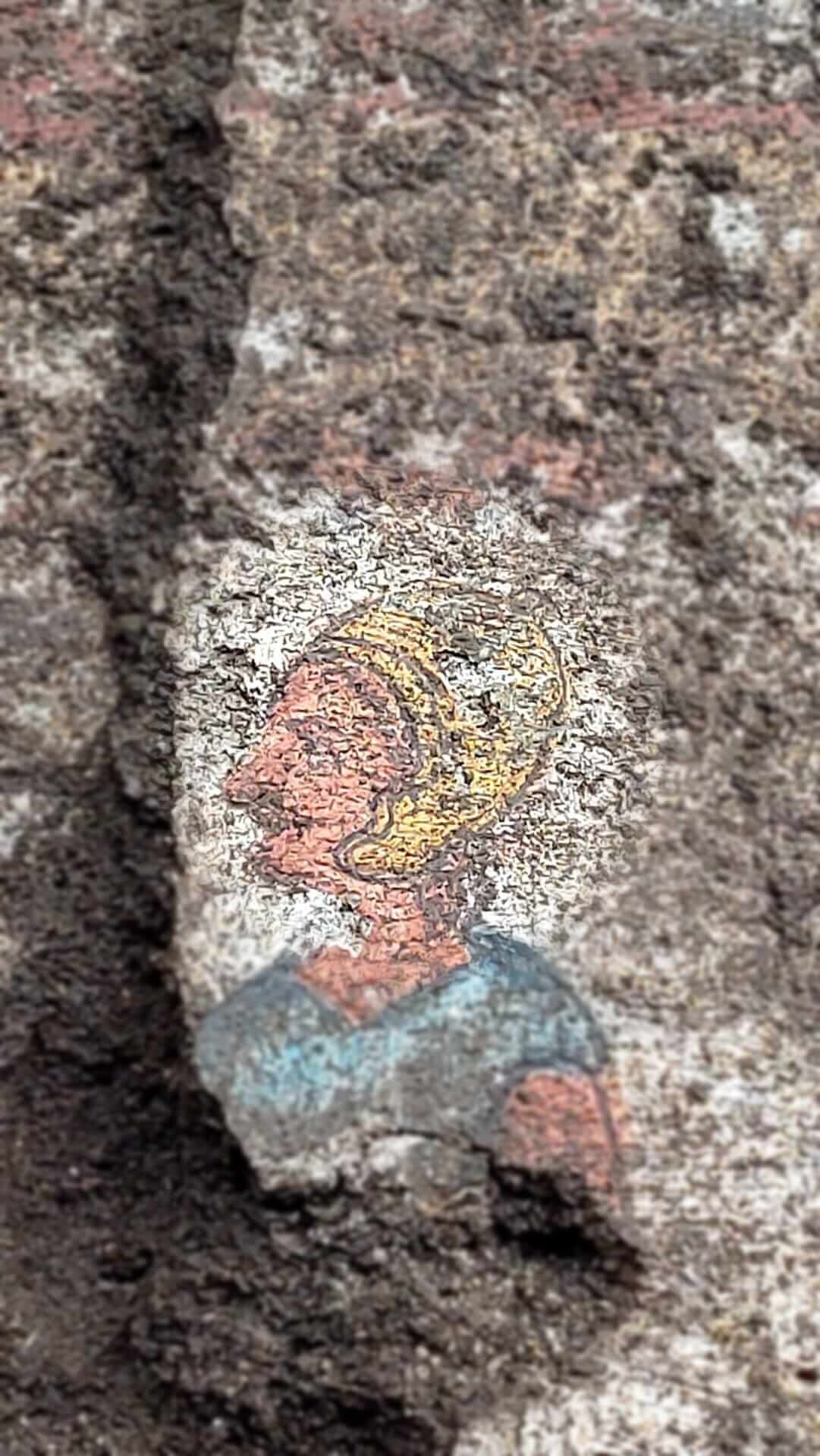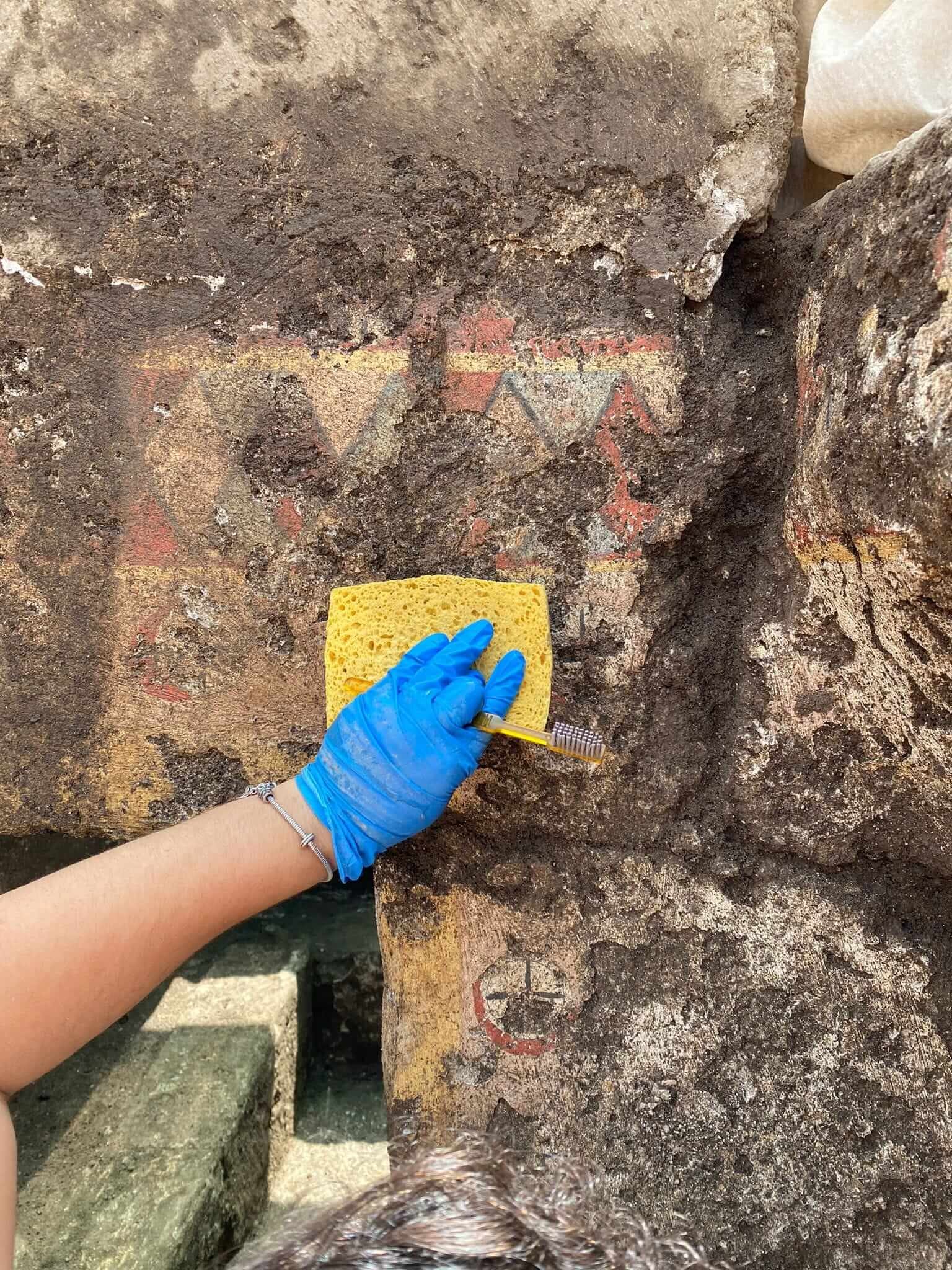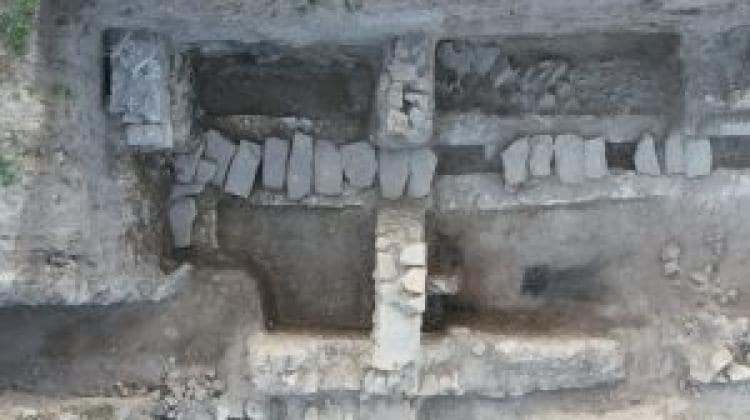According to the Shaanxi Academy of Archaeology on Tuesday 19th of September, archaeologists in northwest China's Shaanxi Province have unearthed the tomb of the Northern Zhou Dynasty's founder monarch (557–581) in the city of Xianyang.
This undated file photo shows a relic unearthed at the tomb of Yuwen Jue, the founding emperor of the Northern Zhou Dynasty (557-581), in Beihe Village, Weicheng District of Xianyang, northwest China's Shaanxi Province. Archaeologists in northwest China's Shaanxi Province have discovered the tomb of the founding emperor of the Northern Zhou Dynasty (557-581) in the city of Xianyang, according to the Shaanxi Academy of Archaeology on Tuesday.(Shaanxi Academy of Archaeology/Handout via Xinhua)
Yuwen Jue was the name of the emperor. In Weicheng District, Xianyang's Beihe Village is home to his grave. High-quality tombs from the Northern Dynasties (439–581) to the Sui and Tang dynasties (581–907) are found in this area.
The single-chamber earth cave tomb has four patios in the sloped tomb corridor and is facing south. The tomb's length from north to south is 56.84 meters, and its bottom is 10 meters below the present ground level. The tomb is a medium-sized example of Northern Zhou architecture.
Archaeologists have discovered 146 burial objects—mostly porcelain figurines—from the once-plunder of the tomb.
Archaeologists have established that the owner of the tomb was the emperor Yuwen Jue (542–557) based on the epitaph on the eastern side of the tomb's entrance.
According to Zhao Zhanrui, an assistant researcher at the school, the tomb's finding is extremely significant for historical studies on Northern Dynasty emperors.











